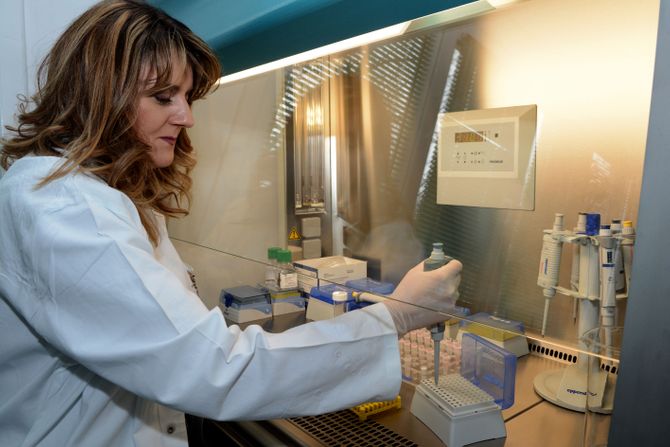
Woman who is solving most serious murders in Serbia: Even when body is burned, she finds the killer
There is almost no person or thing that we have touched without leaving our DNA "signature" on it. Just a few cells are enough to "expose" us.
While the police search for criminals, and relatives await news about the bodies of their loved ones, in the laboratory of the Clinical Center of Vojvodina Doctor Dragana Zgonjanin Bosic, a permanent forensic genetics and forensic toxicology expert, the DNA department chief and an expert recognized worldwide, arranges small samples taken from victims. They may contain the answers to some fateful questions, provide comfort to those suffering, that is sometimes awaited for decades.
"We use extremely sensitive techniques, based on PCR (Polymerase Chain Reaction), to analyze biological traces with as little DNA evidence as saliva left on cigarette butts, skin cells left behind on a steering wheel or hair on clothes. Unsolved 'cold' cases, including sexual assault, can be resolved after decades by analyzing degraded DNA from a deposited swab or microscopic object plates," reveals Doctor Zgonjanin Bosic.
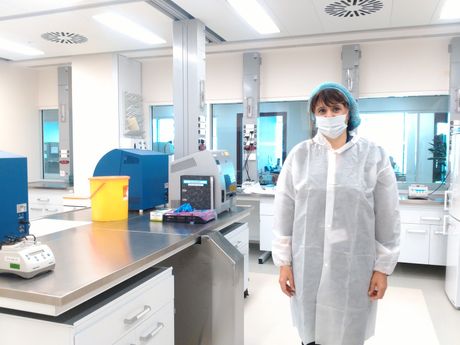
DNA analysis plays a key role in identifying victims of accidents, disasters and wars.
"Human identification of victims of the terrorist attacks in Madrid on March 11, 2004 and on the World Trade Center on September 11, 2001, then the Asian tsunami on December 26, 2004 would have been impossible without DNA analysis. Reference profiles can be obtained from the victims' personal belongings, such as items of clothing, toothbrushes, as well as samples from relatives, which leads to completing the identification," Doctor Zgonjanin Bosic says.
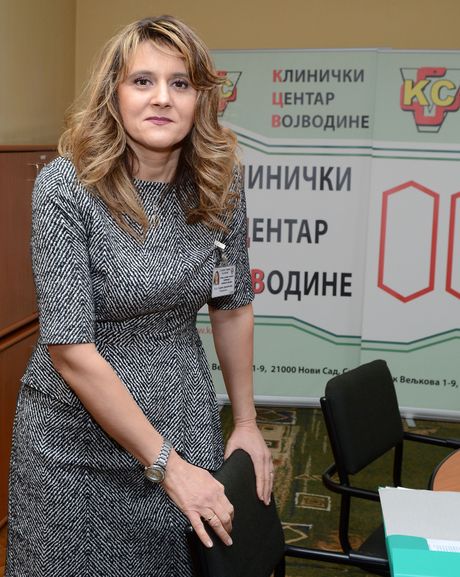
Peaceful Tisa River, dark destinies
Peaceful lowland rivers - the Danube, the Sava and the Tisa - become harsh when they play with their whirlpools and drag a victim into the endless mud. We all wonder and still have no answer as to how, for example, it's possible that even three years after the disappearance of Barbara Vitez we still don't know even if her body is actually in the Tisa...
The river chooses for itself when and where to deposit a victim. And sometimes it's too late for easy identification. Unfortunately, not even a family desperate for news can believe that the body they see belongs to their loved one. It is unrecognizable.
One of the most serious accidents in memory on the Tisa occurred in 2005. A bus with more than 20 passengers fell into the river. Seven passengers were rescued and only three bodies were found. Three years later, another body floated.

"One of the cases, significant for me in the forensic sense, is the determination of the DNA profile of an unidentified person, whose remains from the Tisa River were found in 2008 and brought to the Institute for Forensic Medicine in Novi Sad. A full DNA profile from this bone sample (shows) that the unidentified person is probably one of the victims of a bus accident in which 15 people lost their lives, found three years after the event," says Zgonjanin Bosic.
Unfortunately, the body has not been identified - that is, it is certain that it did not match members of the three families that had been waiting...
"A comparison of this sample was made with the DNA profiles of the persons who reported the disappearance of their relatives - of a presumed mother, a woman whose son had disappeared, a presumed son, whose father had disappeared, and a presumed brother, whose twin brother had disappeared. All the obtained profile referents eliminated the possibility of genetic connection with the unidentified person," said Zgonjanin Bosic, adding that it was most likely the body of the bus driver.
Burning a body does (not) conceal the crime
"In our laboratory and in the forensic medicine in general, cases of criminal burnings of the body with the aim of destroying it are frequent, and therefore extractions from skeletal remains, i.e, from burned bodies are very common in my line of work. Burned bodies represent the most problematic samples for analysis," said Zgonjanin Bosic.
The perpetrator will almost always take biological traces from the victim, or the victim will preserve the traces of the perpetrator.
"DNA forensic analysts find these clues, analyze biological traces, and interpret the results they obtain. It's precisely in this way that they assist the prosecution and the courts in their decision-making and serve as guidelines for the police in their investigations. To obtain DNA profiles from a trace sample, a number of molecular biology techniques are combined," our interlocutor explains.
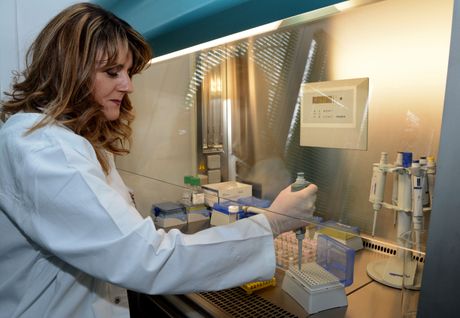
Criminals are known to try to get rid of anything that could be put "under the microscope" any way they can. But their traces remain almost everywhere...
"The possibilities of modern forensic DNA analysis are best illustrated by the fact that today 3 to 4 cells are enough to get a DNA profile from a trace. I would single out one type of forensic pattern called contact DNA. Firearms, cold weapons, strangulation tools, and everyday tools can contain enough DNA from the person who used them for successful forensic recognition, identification, i.e., for obtaining DNA profiles, but they are still considered to be difficult samples for analysis," explains Doctor Zgonjanin Bosic.
Of course, it is also important to properly isolate the samples. Sometimes, however, despite all the efforts, they are not preserved.
Burial even after half a century
What about a long-buried ancestor? A victim of a crime from a long gone war? It also happened that in her laborator, Doctor Zgonjanin Bosic managed to identify the father of a woman (60) killed during the Second World War.
These analyses use the femur and sometimes the teeth or bones of the skull.
"Analyzing bone samples is the most demanding and time-consuming analysis in forensic DNA analysis. DNA profiles of skeletal remains are then compared with reference profiles or direct undisputed samples that can be obtained from the victim's personal belongings, such as clothing, toothbrushes, razor blades, hair brushes. Other types of samples for direct comparison include blood or tissue samples collected during previous medical procedures, as well as samples from relatives, which leads to the completion of identification," says Zgonjanin Bosic.
DNA twist
DNA analysis also reveals some unimaginable situations that even the most skilled police inspector could not have foreseen. A serious accident in 2013 in Vojvodina ended in an incredible twist.
Someone stole a car, then attacked and robbed a pregnant woman and two young men, and ran them over.

"According to the suspects, a minor was driving the car. DNA analysis led to a twist in the case. The DNA profile of an adult from a group of suspects was found on the steering wheel, in the traces from the driver's door. Also, the analysis of the remaining traces from the car, from cigarette butts found in the front and rear ashtrays obtained DNA profiles of the parents of this adult, the father and the mother," says our interlocutor.
International reputation
The Scientific Committee of the International Society for Forensic Genetics gave special awards to nine candidates at the ISFG (International Society for Forensic Genetics) Congress in Seoul in 2017, based on scientific results and establishment of cooperation with another laboratory. Doctor Zgonjanin Bosic was among them.
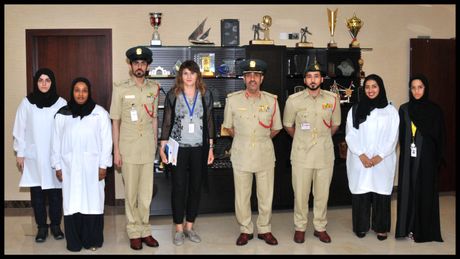
"The laboratory with which I, as a DNA analyst at the Clinical Center of Vojvodina, have cooperation with is the DNA laboratory of the Department of Forensic Sciences and Criminology of the Dubai Police. The collaboration with distinguished colleagues from the Dubai police started on their initiative in 2015, and the quality of the cooperation is confirmed by the fact it has been recognized by international forensic institutions. This collaboration continued, to my great pleasure, with the visit of my colleague Major Dr. Rashed Alghafri to the Forensic DNA Laboratory of KC Vojvodina in January 2019 ," said our interlocutor.
She and her Arab colleagues analyzed new Y-chromosome markers. Their innovations greatly help in identifying the male component in sexual abuse cases, and can also be a useful tool in testing family connections and determining the male inheritance line.
Video: Do we inherit memories from our ancestors?
(Mateja Beljan - m.beljan@telegraf.rs)
Video: Đokić: Ovo krivično delo se stavlja na teret meni i članovima akademske zajednice
Telegraf.rs zadržava sva prava nad sadržajem. Za preuzimanje sadržaja pogledajte uputstva na stranici Uslovi korišćenja.

